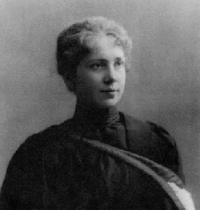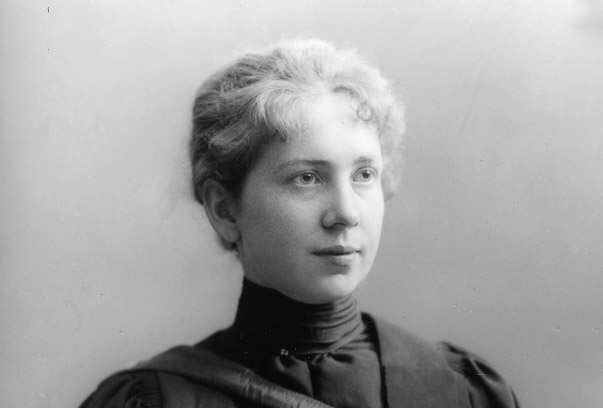Harriet Brooks: A Big Contributor, Largely Overlooked
Back to Posts
Harriet Brooks: Canada’s first female nuclear physicist
Does the name Harriet Brooks ring a bell?
Harriet Brooks was Canada’s pioneering nuclear physicist. Born on January 1, 1876, in Ontario, Brooks is often considered second only to Marie Curie, the renowned Polish physicist and two-time Nobel Prize laureate.

Harriet Brooks, Canada’s first female nuclear physicist.
Trailblazing Achievements
Brooks was the first Canadian woman to earn a Master’s degree in Electromagnetism from McGill University—a groundbreaking achievement that paved the way for more women to attain advanced degrees. She was also the first woman to work in the new field of nuclear physics. During her subsequent career, Brooks worked alongside Ernest Rutherford, J.J. Thomson and Marie Curie — all Nobel laureates — while diving into the science of electricity and magnetism. Her research significantly contributed to Rutherford’s Nobel Prize.
Foundations of Radioactivity
Brooks led a team that laid the foundation for understanding radioactivity and the structure of the atom, including the concept of substance half-life—a topic now taught in high school chemistry. Brooks and her team were instrumental in discovering radon and its decay into polonium, making her one of the first to realize that one element can change into another—a monumental discovery in the world of radioactivity. Despite her pivotal role in the discovery of radioactive recoil, she did not receive the recognition she deserved during her lifetime.
Challenges as a Woman in Science
As a woman in the early 20th century, Brooks faced significant social stigma, especially in the male-dominated field of physics. While working at Barnard College, Columbia University’s women’s college, she became engaged to be married. The Dean of the College told Brooks must resign once she was married. Instead, Brooks broke off her engagement.
Brooks eventually left the college, but not before sharing her thoughts on the matter: “I think it is a duty I owe to my profession and to my sex to show that a woman has a right to the practice of her profession and cannot be condemned to abandon it merely because she marries,” she wrote. “I cannot conceive how women’s colleges, inviting and encouraging women to enter professions can be justly founded or maintained denying such a principle.”
After leaving Barnard College, Brooks continued to work for a while before choosing to marry. She lived the rest of her life out in Montreal, where she passed away at age 56.
Legacy and Impact
Brooks’ career spanned only seven years, but her contributions to nuclear physics continue to resonate today. She famously stated, “A woman has a right to the practice of her profession and cannot be condemned to abandon it merely because she marries,” leaving a lasting legacy for women in science.
Keep in Touch
Meet another groundbreaking woman in STEM: Alison McAfee, the Honeybee Scientist. Stay up to date with all the latest SCWIST news and events by connecting with us on LinkedIn, Facebook, Instagram and X, or by subscribing to our newsletter.